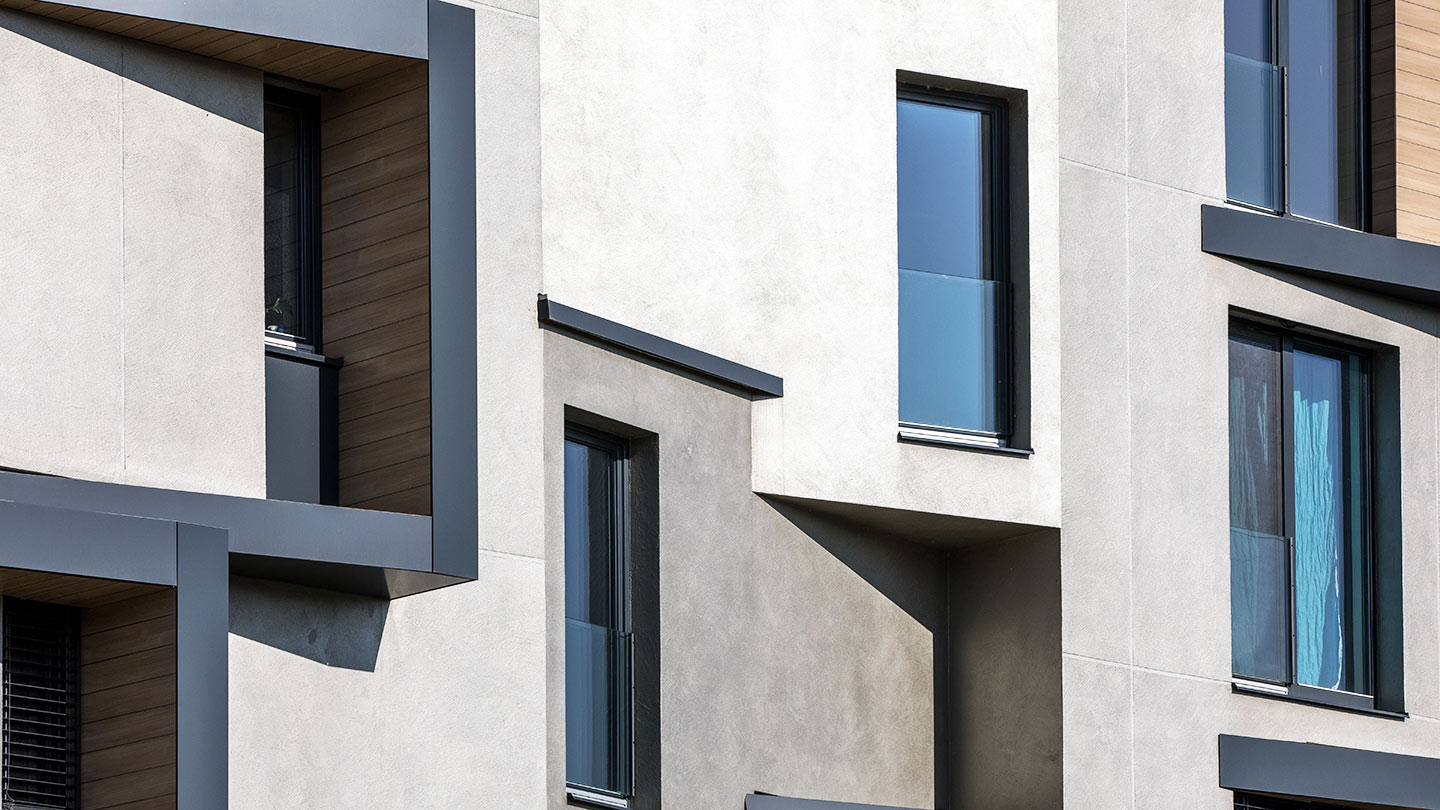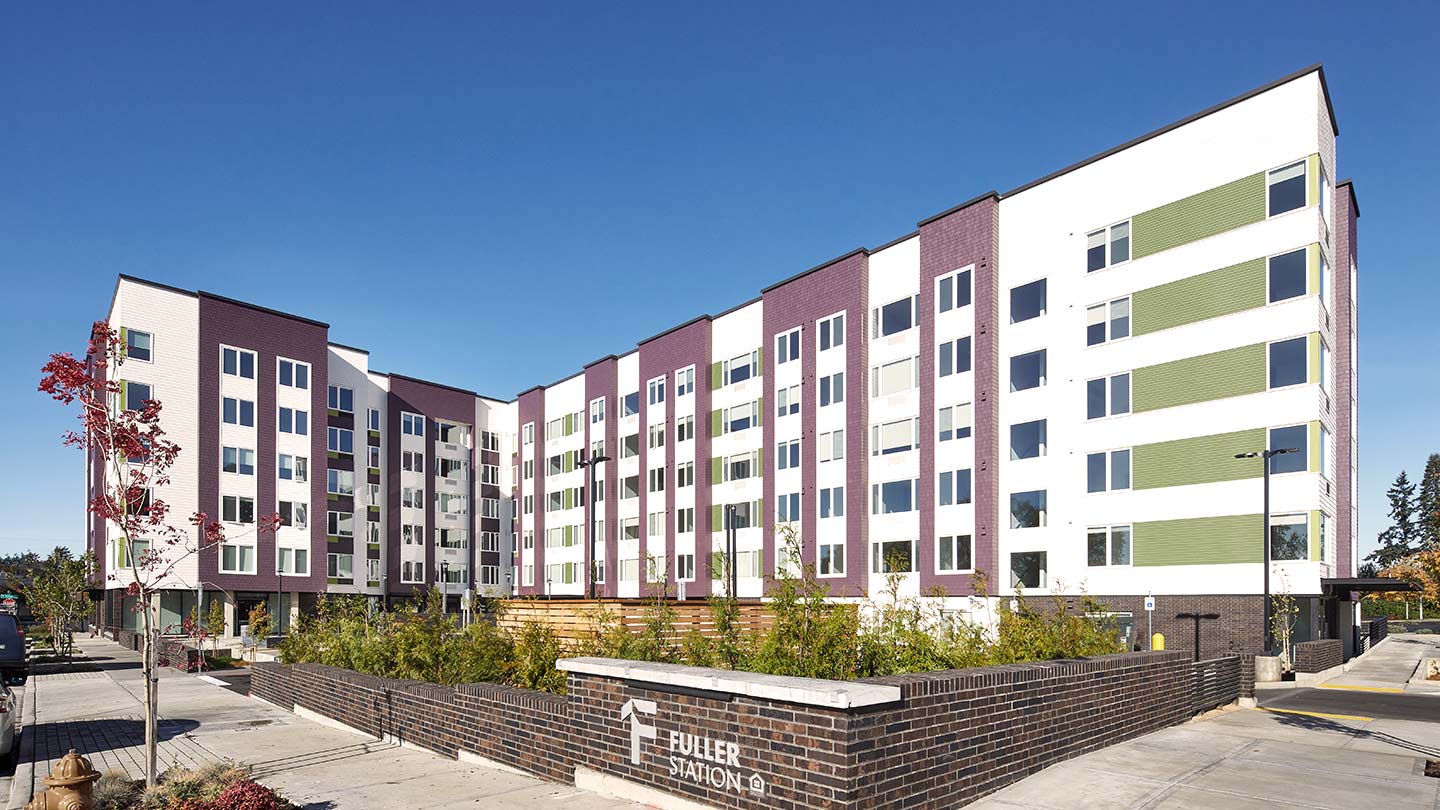
5 min read
In both good and bad economic times, navigating the real estate cycle is critical to multifamily and other commercial real estate investors’ success.
“Understanding the real estate cycle can help multifamily investors not only project the income and capital appreciation of their properties, but also use the best investment strategy to maximize returns,” said Matt Felsot, Central Region Sales Manager, Commercial Term Lending at JPMorgan Chase.
4 phases of the real estate cycle
The commercial real estate cycle generally follows a pattern of recovery, expansion, hypersupply and recession. “But there’s no set duration for each phase,” Felsot said. “The length of each phase depends on economic conditions, government policies and other market factors, with expansion and recession being fairly short in duration.”
1. Recovery
The recovery phase is located at bottom of the trough, when excess construction from the previous cycle stops. It’s difficult to correctly time the market trough, as the recovery phase shares traits with the recessionary one. Recovery is characterized by lower occupancies with minimal leasing activity. New construction is usually limited, and rental growth may be flat or declining. If there’s rent growth, it may be below the inflation rate.
Recovery investment strategies: Investors may be able to find strong bargain opportunities in varying states of distress. “These properties are ripe for value-add via repositioning and/or capital improvement campaigns that could make the property more attractive as the economy improves,” Felsot said.
2. Expansion
During the expansion phase, the market is improving: Demand increases, prices rise and vacancy rates drop, plus there’s more construction activity. But it’s important to note that increased construction can lead to overbuilding and more speculation. Looking at the broader economy, GDP is likely up, job growth is strong and unemployment rates are down. Supply and demand are in equilibrium.
Expansion investment strategies: “The expansion phase is an ideal time to develop or redevelop properties because current demand for space helps properties stabilize more quickly,” Felsot said. “Rent levels are also on the upswing, helping make construction projects viable as demand picks up.” Likewise, expansion is a good time to refinance commercial properties.
3. Hypersupply
Overbuilding or reduced demand creates an oversupply of multifamily properties. Often, an economic shift is the culprit in this disruption in the supply-demand equilibrium. For example, reduced GDP could cause unemployment to tick up and consumers to limit their discretionary spending. In this phase, rent growth remains positive but may begin to slow.
Hypersupply investment strategies: Some investors may sell ahead of perceived market declines and more inventory hitting the market. Increased inventory could drive up cap rates, lower expected returns and decrease property values. To remain competitive and attract or retain renters, multifamily operators may offer concessions or lower rental rates.
4. Recession
In the final phase of the real estate cycle, supply outweighs demand, economic conditions are soft, vacancy rates are high and rent levels are down. Rent growth is either negative or below the inflation rate. In response, multifamily owners and managers may offer more favorable terms on renewed leases to retain renters.
Recession investment strategies: The recessionary phase is an ideal time for multifamily investors to purchase distressed assets from financial institutions, special servicers or private party sellers at a steep discount. In turn, investors can offer lower rents. “Assets purchased during this phase can be highly profitable with execution of the right value-add repositioning strategy,” Felsot said.
Liquidity management throughout the cycle
While each phase is unique, one thing remains the same through them all: the importance of proper liquidity management. Whether conserving liquidity for future opportunities or optimizing cash via treasury services, multifamily investors benefit from smart cash management. A clear picture of liquidity now and in the future can help investors make strategic decisions in any phase of the cycle.
How macroeconomic factors influence the real estate cycle
“Multifamily investors can determine which phase of the cycle they’re in by measuring metrics like occupancy, rent growth, property valuations and supply-demand equilibrium,” Felsot said.
Multifamily investors should also consider macroeconomic factors, including:
- Demographics: “The population and shifts within the population can drive a market significantly,” Felsot said. For example, migration into and within Tennessee has increased the need for affordable housing across income levels.
- Interest rates: When rates are high, consumer spending decreases and property values can decline as financing is more expensive to obtain and transaction activity slows.
- General economy: When the economy is doing well, consumers often feel confident about buying residential real estate and other high-cost goods. “The general economy is highly correlated to the real estate market so when the former does well, the latter generally follows suit,” Felsot said.
- Government policies: Sometimes, the government implements policies—such as tax deductions, tax credits and subsidies—to help boost a sluggish market. “These are all meant to spur desired activity that will create a positive force multiplier to help promote a stronger economy,” Felsot said.
- Consumer confidence: Higher confidence is correlated with low unemployment and higher wages, perceived job security and saving rates.
How the real estate cycle impacts different asset classes
The commercial real estate cycle affects each asset class, but not equally. “Industrial, retail and office can be more sensitive to macro-economic conditions,” Felsot said.
- Multifamily: People need housing regardless of economic conditions, so economic volatility doesn’t necessarily have a major impact. During economic expansions, however, job growth may cause rental and occupancy rates to rise, which can lead to more construction starts.
- Industrial: Warehouses and distribution centers may also be more resilient during economic downturns given consistent demand for e-commerce and logistics services. Economic expansion can create strong demand for space and drive up rental rates and occupancy, causing construction starts to increase. Properties close to ports, railways and transportation hubs may have competitive advantages, especially in infill locations with minimal new construction.
- Retail: “Retail continues to evolve as the consumer balances the convenience of e-commerce and the experience of brick-and-mortar offerings,” Felsot said. But it remains highly correlated with macroeconomic trends—there’s strong demand for goods during economic expansion when job growth, wage growth and consumer confidence is high. In this mode, e-commerce and brick-and-mortar retail tend to do well.
- Office: “Generally, demand for office space expands when the economy is strong and wanes during economic decline,” Felsot said. “However, hybrid work is causing the supply-demand equilibrium to shift. Newly constructed office buildings with state-of-the art amenities are winning new occupants in today’s market.”
We’re here to help
Throughout the real estate cycle, our team of experts can help you find the right financial tools and strategies to navigate the market and thrive in the future.
JPMorgan Chase Bank, N.A. Member FDIC. Visit jpmorgan.com/cb-disclaimer for disclosures and disclaimers related to this content.







